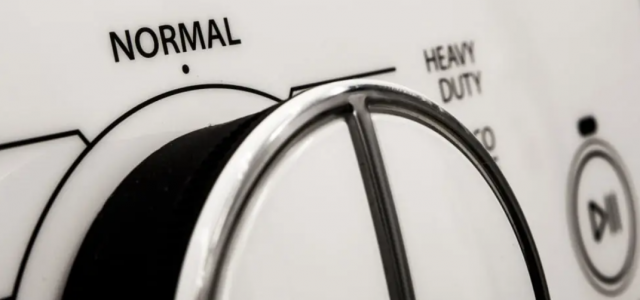WITW does “quantifying qualitative” mean? Data science almost universally ignores qualitative research, such as focus groups or in-depth interviews with a small number of people. Survey research also plays a much smaller role in data science than in marketing research.
Given this background, this post will make little sense to most data science people and, to be clear, is aimed at marketing researchers.
As marketing researchers know, many projects are qualitative only, quantitative only (typically surveys) or quantitative preceded by a qualitative phase designed to provide background for questionnaire development.
Some consist of three phases, for example, a preliminary qualitative study followed by a quantitative consumer survey and a subsequent qualitative phase intended to probe the findings of the survey. This is frequently done in segmentation studies.
Less common is the use of quantitative research, such as a consumer survey, to probe the results of an earlier qualitative study. In my opinion, many marketing research projects stop prematurely at the qualitative phase and neglect a follow-up quantitative phase to explore the findings from qualitative research in depth.
A justification sometimes given for not taking qualitative research a step further is budget. Another is tight timing. In my experience, it more typically stems from a lack of awareness of this sort of research, which requires more than everyday marketing research skills.
Let me give a simple illustration of what I mean by quantifying qualitative. In image studies, brands and users do not have to be associated with words or phrases. Human faces, collages and icons relevant to the local culture have been used in marketing research for this purpose at least as far back as the ‘80s. Normally, this is done qualitatively but surveys are also used – these research methods are not confined to qualitative research.
One important motivation for a subsequent consumer survey is that it allows us to identify and examine consumer heterogeneity in detail. Different people often react to the same things in dissimilar ways. While some of this is “noise,” more commonly this heterogeneity is systematic, and these patterns and segments cannot be identified through qualitative research – multivariate Analysis (MVA) is needed, and MVA cannot be conducted among a handful of focus group participants.
Ignoring these differences among consumers can prove very costly.
Sources of heterogeneity include demographics and life stage, category knowledge and involvement, as well as certain types of attitudes (though usually not high-altitude Big Five personality traits).
User experience (UX) is another example. Structured observations among large numbers of users can be conducted in such a way that the data are essentially quantitative. More than the “dependent variables” are necessary, though, so this normally necessitates at least a brief questionnaire.
Sometimes these sorts of behaviours can also be gotten at through direct questioning, using qualitative research as input when designing the questionnaire. For example, it is often possible to ask people what they normally do when using a product, in what order and why. Some behaviours are collected automatically, for example, in web analytics. Segmentation and driver analysis can allow us to dig deep and identify important systematic differences among users.
It’s important to understand that survey research professionals realize that data collected in surveys is not exact. Moreover, there are numerous ways to reduce measurement error and its effects when designing the research and when analyzing the data.
Small-scale qualitative ethnographic and semiotics studies can leave clients hanging and many questions may remain unanswered or overlooked. There is also the question of how well the qualitative findings generalize, an understandably touchy issue among some qualitative researchers, but one that shouldn’t be swept under the rug.
Note again that findings from quantitative research can be explored in-depth with qualitative research, which could perhaps be called qualifying quantitative. This is the more common pattern. The quantitative data are by no means restricted to surveys, and customer transactions and interactions are two examples of other kinds of data we can use. Also, please recognize that I am not suggesting qualitative and quantitative research are interchangeable or that using quantitative research in the ways I’ve described is always possible.
This brief post has just been a snapshot of a big topic, and my two illustrations are only two examples. This is an area where I feel many marketing researchers have dropped the ball, frankly. There are opportunities in data science, broadly defined, as well.
I hope you’ve found this interesting and helpful!
Article by channel:
Everything you need to know about Digital Transformation
The best articles, news and events direct to your inbox
Read more articles tagged: Featured, Marketing Analytics









